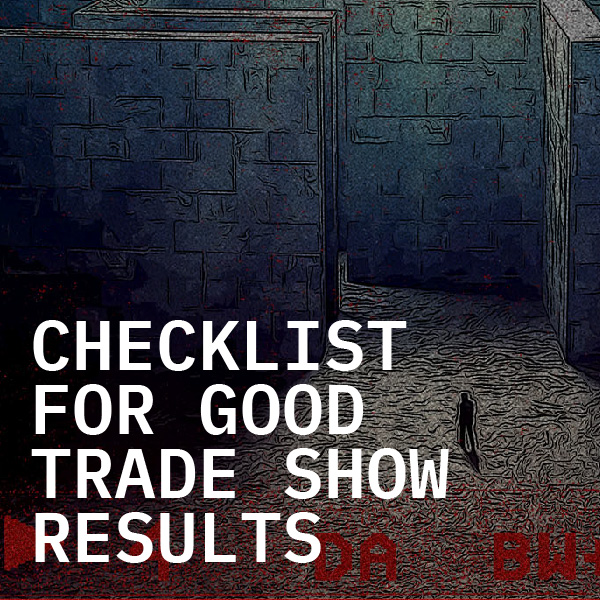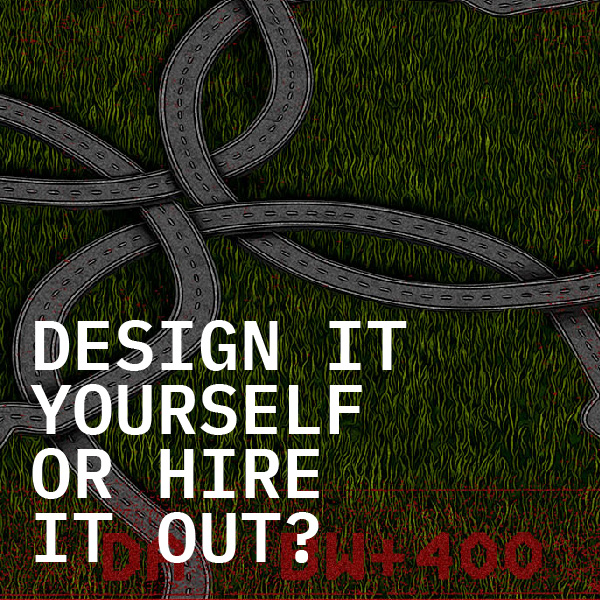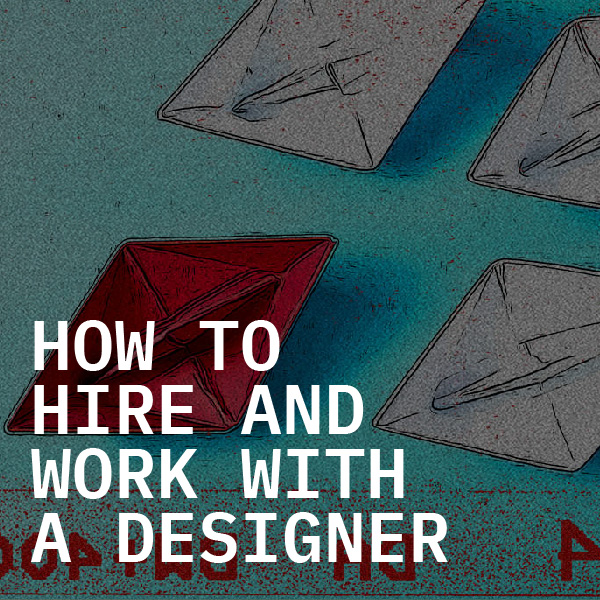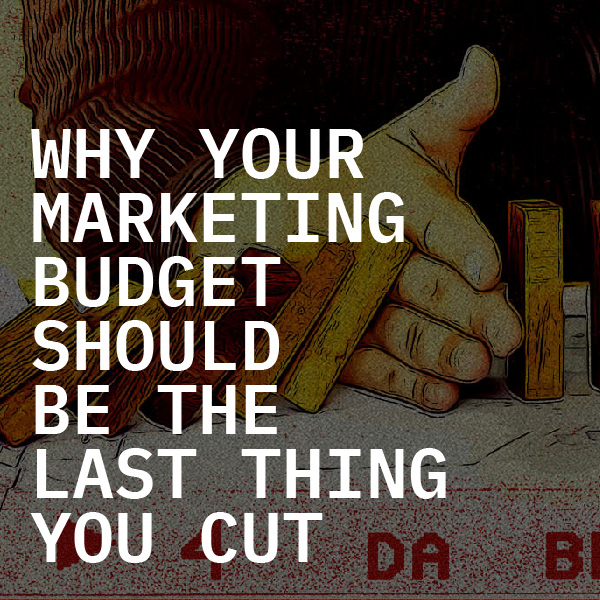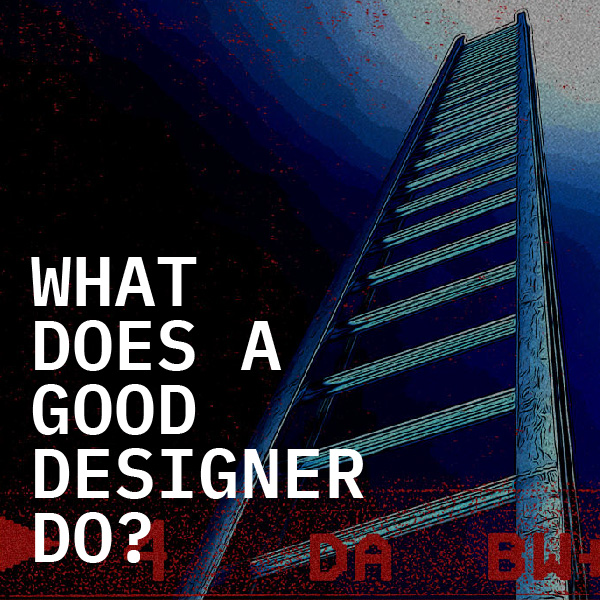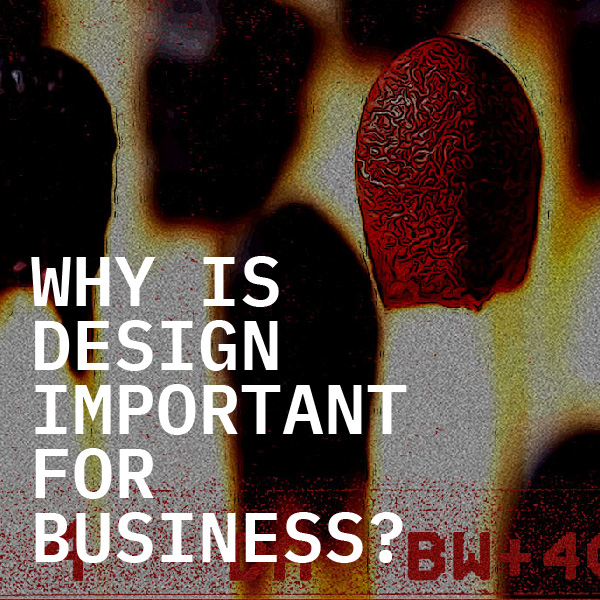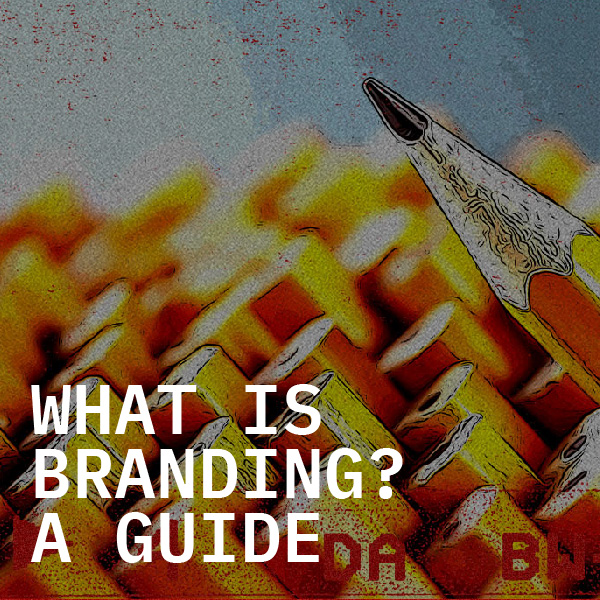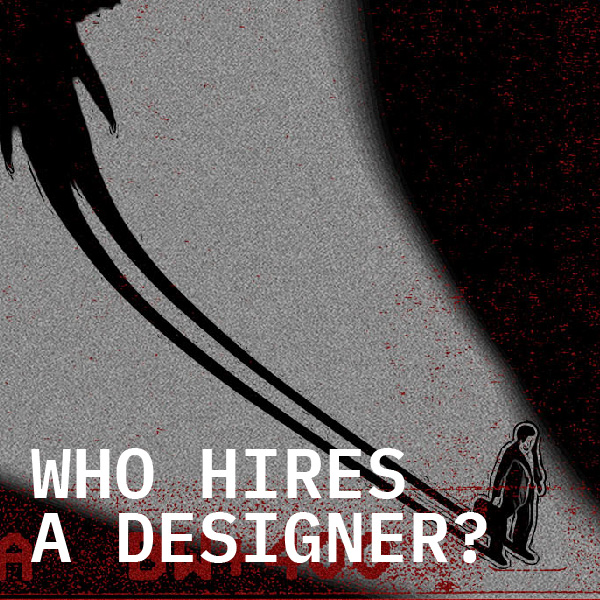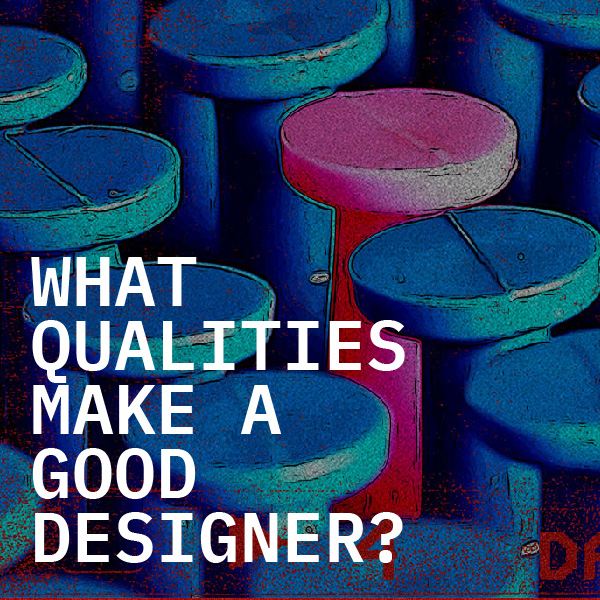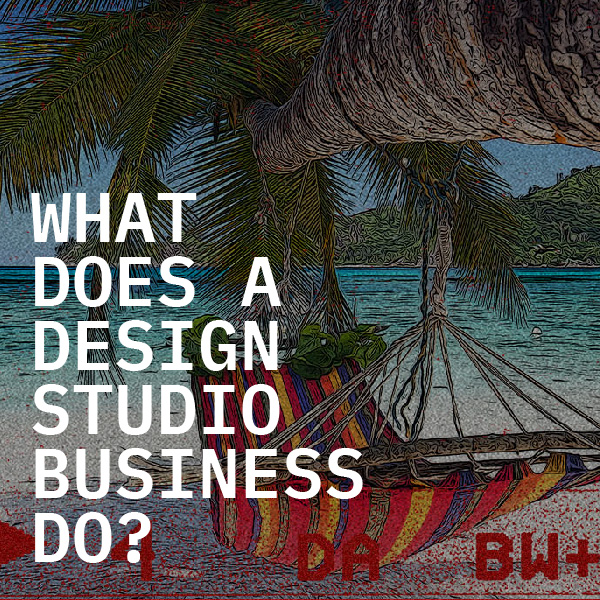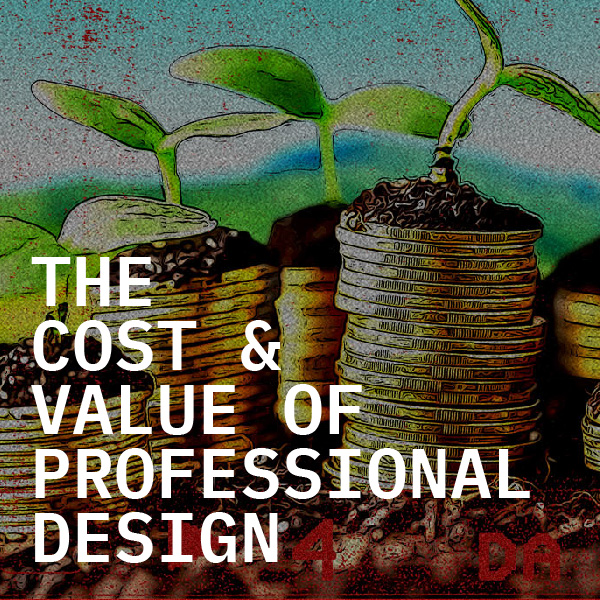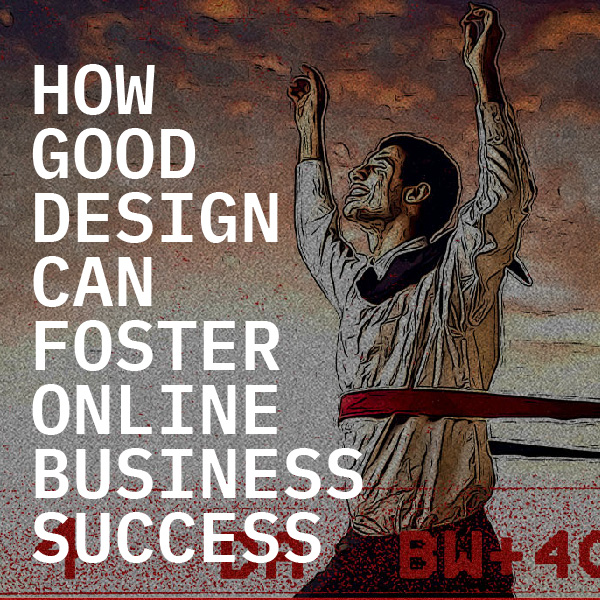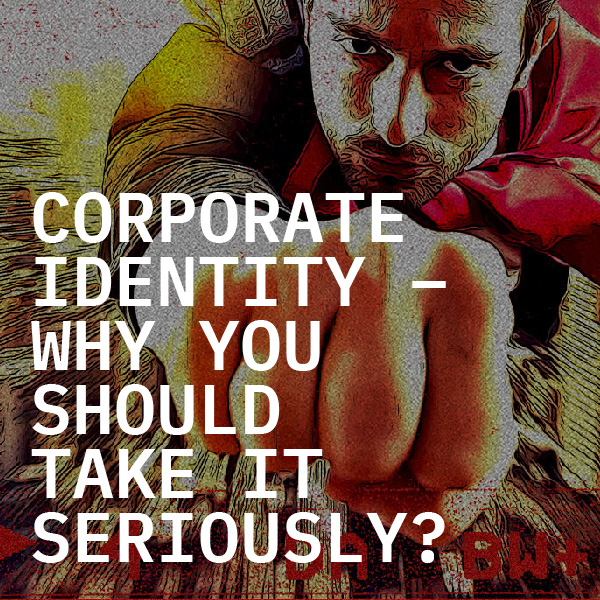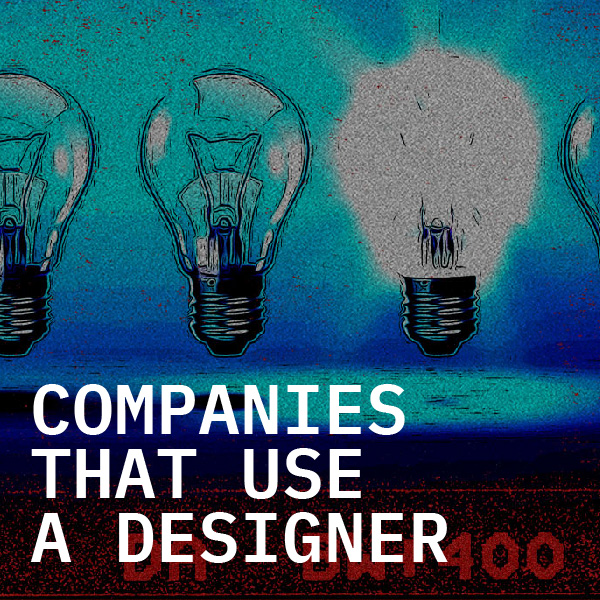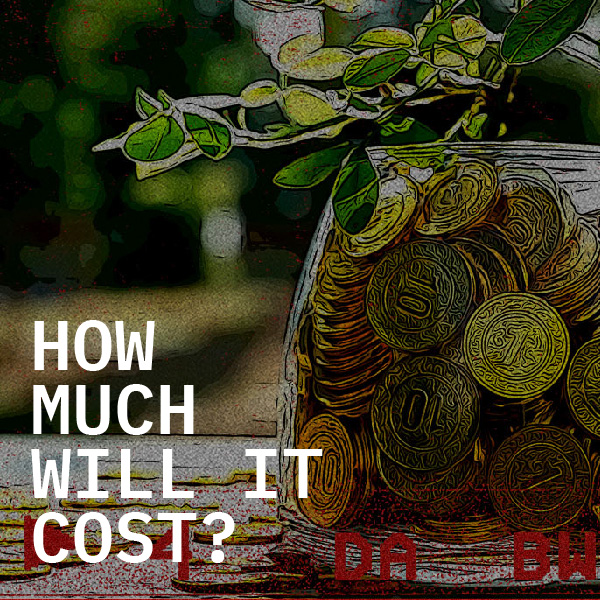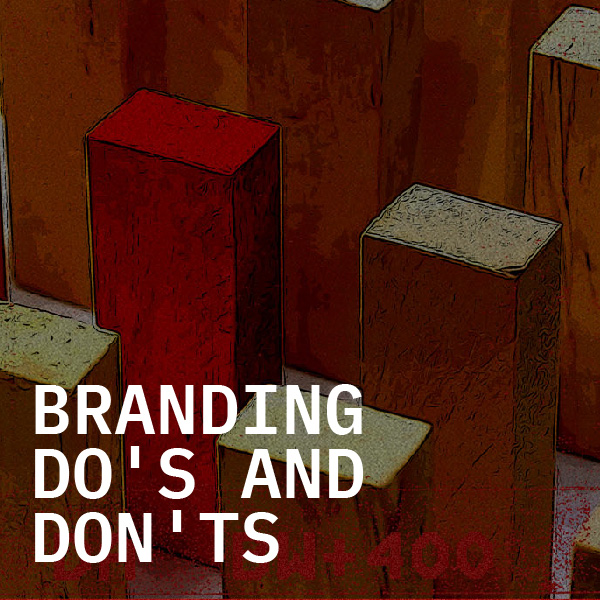future success
It’s very easy for commercial organisations to look at design as an added expense, rather than an investment into its future success.
A company’s business plan will typically include the costs of staff, infrastructure, and products and services – but why should the creative be seen as an ‘extravagance’ or worse still, overlooked entirely?
In fact, design can be the accelerator needed to generate company leads. It can be the difference between brands retaining customers, and their key targets venturing to a competitor’s offerings, if the overall production hasn’t hit the mark.
Thinking about some of the world’s most profitable businesses – such as Apple, Nike and McDonald’s – it just goes to show just how much importance these companies placed on executing the concept perfectly.
Why? Because they understand that when something looks good, people take notice.
overarching brand
Ultimately, if a brand is using something visual, striking and engaging to tell its desired audience what they need to hear, RO! (return on investment) should soon follow.
It’s not just about the overall look that strong creative offers, either. Design embodies so much more than that, such as defining a company’s overarching brand identity.
With a nicely finished product, businesses can begin to understand what interests their audience from their online propositions, too.
For example, do they stay on certain, eye-catching pages of its website? Were people drawn to downloading the latest guide because of an effective call to action? What did they stay away from, and not seem to enjoy as much?
With something as measurable as design, organisations have the power to glean killer details in understanding a customer’s journey as they browse its products and services online.
That information can then be passed onto the marketing and sales departments for in-depth analysis, enabling them to tweak their approaches, in order to keep customers engaged and drive further conversions, traffic and RO!.
that delivers ROI
This all sounds fantastic, of course, but there has been some resistance from designers regarding how much detail they should be factoring in.
They’re innovators after all, and being directed to work to a brief that puts metrics at the forefront – before anything else – can ultimately put a dampener on any kind of creativity.
However, these professionals should now be using the detail to their advantage. They can set themselves the challenge of producing work that delivers ROI – an extension of the original, creative brief.
Businesses are now required to innovate at an increasingly rapid rate, in order to keep customers online for longer, which increases the chances of them purchasing a company’s products and services. This is what a modern-day designer has to embrace, too.
It’s up to professionals to shift their mindsets towards the role that creative plays in not only a brand’s look, but also in how it generates strong ROI and applies information to benefit the end user in a digitally, data-driven world.
As innovators embrace the knowledge, measurability and overall challenge, organisations must invest in good design to set themselves apart from their competitors, and deliver relevant, engaging and killer creative.
MORE
KNOWLEDGE
Get
in
touch
If you have a new project on the horizon or want to explore working with a new creative agency to support your team, give us a call (in English or Swedish!)
